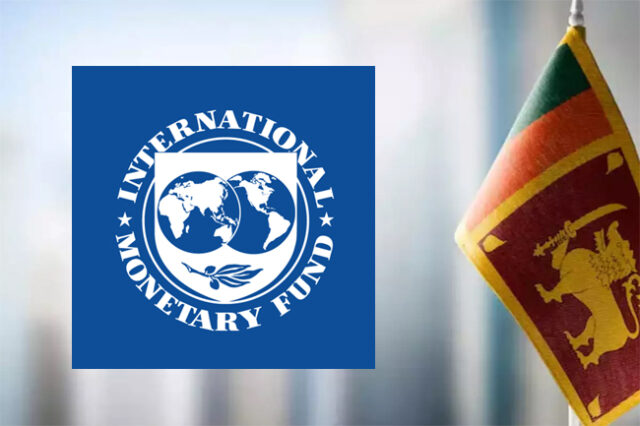S
ri Lanka has surpassed key quantitative targets set by the International Monetary Fund (IMF) for March 2024, according to preliminary data reported by the Washington-based agency.
These March targets are indicative, not performance criteria for reviews, but they demonstrate the program’s progress and serve as a foundation for the September review based on June data.
The primary balance, which is the overall deficit minus interest costs, was assessed at 316 billion rupees, significantly exceeding the 70 billion rupee target set in the program.
A high primary balance can result from substantial interest bills and reduced capital expenditure. This is a crisis management strategy often used by the IMF after a central bank triggers a currency crisis by cutting rates with inflationary liquidity tools and seeking help.
Sri Lanka’s Treasury has managed to keep most current spending in check, aside from the interest bill, which tends to rise when rates are cut using liquidity tools for flexible inflation targeting, to sterilize dollar sales, or to target potential output.
During the recent currency crises, which also led to a default, interest rates rose higher than in previous crises due to fears of a Debt Sustainability-driven default on rupee bonds with broad-based restructuring. However, this was averted by Sri Lankan officials, leading to a 1,000 basis point drop in g-sec yields.
Meanwhile, increased tax collection has helped finance the island’s large government.
Central government tax revenue of 750 billion rupees was exceeded, reaching 837 billion rupees.
The central bank’s credit to the government (outstanding stock) was reduced to 2,691 billion rupees in March, compared to a target of 2,800 billion rupees. In December, central bank credit was calculated at 2,742 billion rupees.
Net international reserves of the central bank improved to a negative 1,268 million US dollars, surpassing the target of a negative 2,035 million by nearly 700 million dollars.
To accumulate foreign reserves, the central bank, which involves appropriating domestic savings and exporting them to finance foreign deficits, must prevent these funds from being invested domestically, as this would generate imports.
Reserves are captured through deflationary policies, including selling central bank-held securities to domestic banks at market rates and managing nominal changes in reserve money at a given exchange rate. Government interest payments to the central bank and banks repaying earlier refinance credit have similar effects.
In 2024, the central bank allowed the exchange rate to appreciate, reducing the prices of traded goods, boosting real and nominal savings, and making it easier to collect foreign reserves.
With weak domestic credit, it is easier to accumulate reserves. Reduced domestic credit and reserve collection, including by private banks, which then cannot be invested domestically, can push the external current account into surplus.
The central bank also met a 5 percent 12-month inflation target, achieving 4.3 percent.
Sri Lanka’s economy grew by 5.3 percent despite reserve collections, due to the stability provided by the central bank.
There were no central bank purchases of Treasuries from the primary market.
However, the central bank injected overnight and term money to banks (not on a net basis), demonstrating how easily a rate-focused monetary authority can circumvent requirements and create external instability again as soon as private credit recovers.
Additionally, the central bank allowed excess liquidity from dollar purchases to remain unsterilized for an extended period under its ad hoc pegging arrangement, resulting in short-term rate decreases but putting pressure on the rupee in May and June.
It is not possible to collect reserves with a freely floating exchange rate.
















